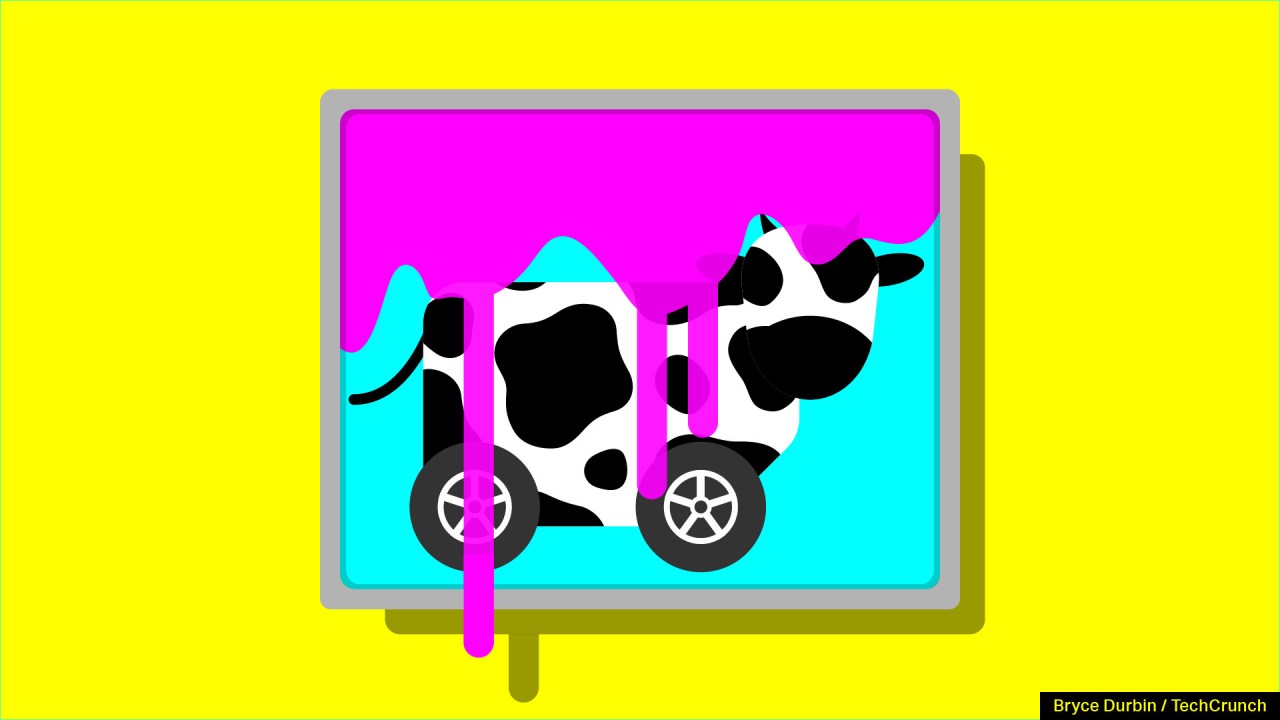As artists increasingly find their works being swept up into the training datasets of artificial intelligence models, a new tool has emerged to empower them in the ongoing battle for their rights. Enter Nightshade—a revolutionary project developed by a team at the University of Chicago aiming to disrupt AI’s tendency to appropriate artistic content without consent. Much like a clever prank designed to protect one’s lunch from thieves in the office fridge, Nightshade acts to “poison” data, rendering it unusable for AI training. But this isn’t just a gimmick; it’s a call for ethical practices within the tech industry and a means for content creators to reclaim agency over their works.
Why Artists Need to Fight Back
The digital age has transformed the way artworks are consumed and shared, offering numerous opportunities for artists to showcase their talent. Yet, this same landscape has also allowed unscrupulous AI companies to scrape images indiscriminately, often without permission. The reliance on opt-out requests and do-not-scrape codes places the burden on artists, expecting corporations—typically driven by profit—to act responsibly. Unfortunately, this naive trust can lead to a cycle of exploitation, leaving artists vulnerable and frustrated.
How Nightshade Works
Ben Zhao, a computer science professor and leader of the Nightshade project, describes this tool as akin to adding hot sauce to a lunch to deter theft: it disrupts AI’s ability to interpret the original content while keeping it seemingly intact for human eyes. By subtly manipulating pixel arrangements, Nightshade can create a form of “poison” that misguides AI models during their training. For example, an AI tasked with generating an image of a cow may instead produce an image of a car, simply due to how the data has been altered.
In essence, Nightshade changes the relationship between text prompts and the images those prompts generate, leading to absurd interpretations that effectively sidestep the AI’s ability to learn accurately. Nightshade’s capacity to corrupt AI models with as few as 100 poisoned samples demonstrates a strategic vulnerability that content owners can leverage against the tech giants.
Real-Life Impact on Artists
Illustrator Kelly McKernan embodies the challenges creators face. After discovering that many of their works had been scraped by AI image generators, McKernan sought out tools like Nightshade as a means to safeguard their artistic legacy. Describing her use of Nightshade as akin to using an umbrella in a storm, she emphasizes that while it won’t solve the overarching issues stemming from AI exploitation, it provides a layer of protection against further encroachments.
Other artists are also feeling optimistic after experimenting with Nightshade and witnessing its effects. Christopher Bretz, who used Nightshade on his illustrations, expressed renewed confidence in sharing his work online, an activity he had hesitated to pursue due to fears of unauthorized use. This sentiment highlights Nightshade’s potential to not only protect but also embolden artists in an industry that often feels oppressive.
Exploring the Future Landscape of AI and Art
While Nightshade and similar tools like Glaze offer immediate practical solutions for artists, they also raise broader questions about the ethics of AI training practices. Zhao and his team advocate for a future where artists are compensated fairly for their contributions, emphasizing the importance of consent. By compelling tech companies to license numerous artworks correctly and respect creator rights, these tools aim to level the playing field.
Beyond Nightshade
The discourse surrounding AI, art, and ethical implications continues to evolve. Zhao believes that while generative AI holds transformative potential, it should not eclipse responsible practices in data acquisition. The need for equitable AI development is pressing, with the establishment of ethics as a fundamental tenet in how we approach technology’s interaction with creativity.
Conclusion
Nightshade emerges not just as a tool, but as a symbol of the resistance against the prevailing challenges artists face in the digital age. By offering a means to combat unauthorized AI training, it empowers creators to reclaim their rights and influences how AI interacts with artistic works. As our society progresses into an increasingly AI-centric future, it’s crucial we foster dialogues and tools that prioritize ethical standards and respect for creative professionals.
With projects like Nightshade paving the way, the horizon looks set for a more balanced relationship between generative AI and artistic expression, ensuring that the voices of creators are not only heard but respected.
For more insights, updates, or to collaborate on AI development projects, stay connected with **[fxis.ai](https://fxis.ai)**.
At **[fxis.ai](https://fxis.ai)**, we believe that such advancements are crucial for the future of AI, as they enable more comprehensive and effective solutions. Our team is continually exploring new methodologies to push the envelope in artificial intelligence, ensuring that our clients benefit from the latest technological innovations.

